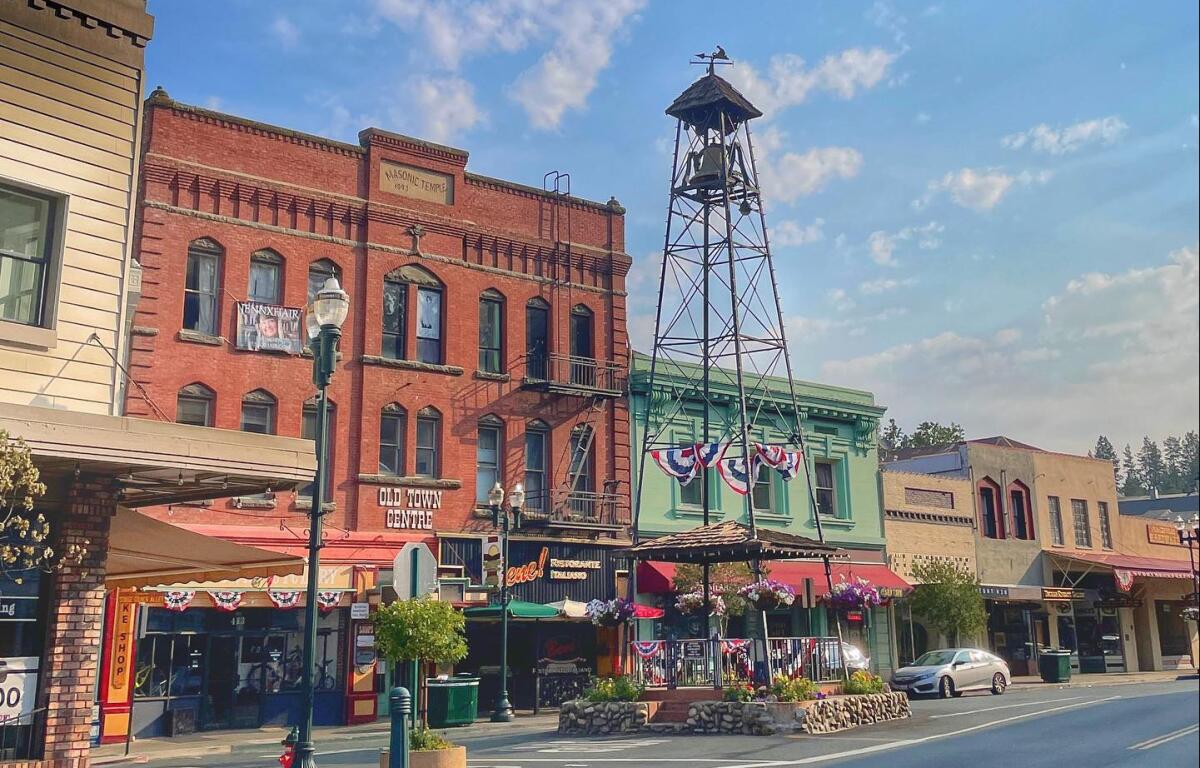
11 magical California gold rush towns you should absolutely visit
- Share via
Living in a state known for sprawling cities and crowded freeways, we forget California was a frontier backwater until Jan. 24, 1848. That was the day James Marshall, who was building a sawmill for John Sutter on the South Fork American River, noticed flakes of something sparkling in the sand. It was Marshall’s “Eureka” moment — and California’s. The discovery of gold in “them thar’ hills” brought more than 300,000 people to the region over the next decade. Some of the “forty-niners” got rich — from gold, but more so from providing food, supplies and services to the prospectors in the hundreds of mining camps and towns that sprang up.
Planning your weekend?
Stay up to date on the best things to do, see and eat in L.A.
Today, you can explore California Gold Country by meandering along State Highway 49, which runs north-south about an hour east of Sacramento, and points nearby. You’ll discover parks, hotels, saloons, restaurants, antique shops and more with an Old West ambiance. It’s a road trip — and a step back in time.
(The map addresses are of the city halls or towns’ Main Streets, unless otherwise noted.)
Auburn

A good reason to stop in Auburn is Pour Choice, a hip coffee bar and tap room in the town’s former hundred-year-old drug store. The 28 taps pour indie beers, wines and sodas. The blow-your-mind food includes a salad of local tomatoes, basil, peaches and burrata; mile-high grilled-cheese sandwiches; and the homage-to-Elvis “Loaded Banana Bread” — peanut butter and bananas between two slices of banana bread.
Grass Valley
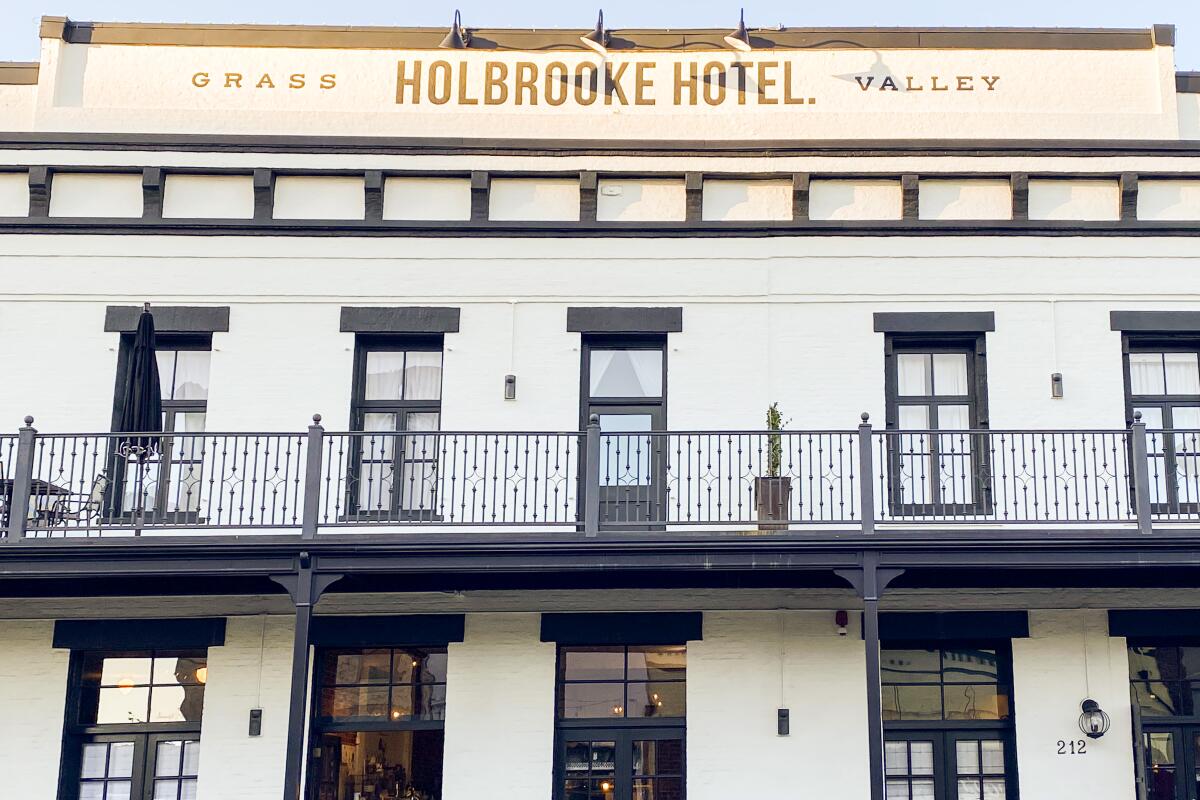
Grass Valley’s Holbrooke Hotel started as an add-on to the 1852 Golden Gate Saloon and became a hangout for notorious outlaw Black Bart, exotic dancer Lola Montez and author Mark Twain. The hotel was renovated during the pandemic, its 28 spacious, high-ceilinged rooms outfitted with antiques and bathrooms that feature the original (but updated) bear-claw tubs. Today, with its lively bar and restaurant, the Holbrooke is Grass Valley’s social center.
Nevada City
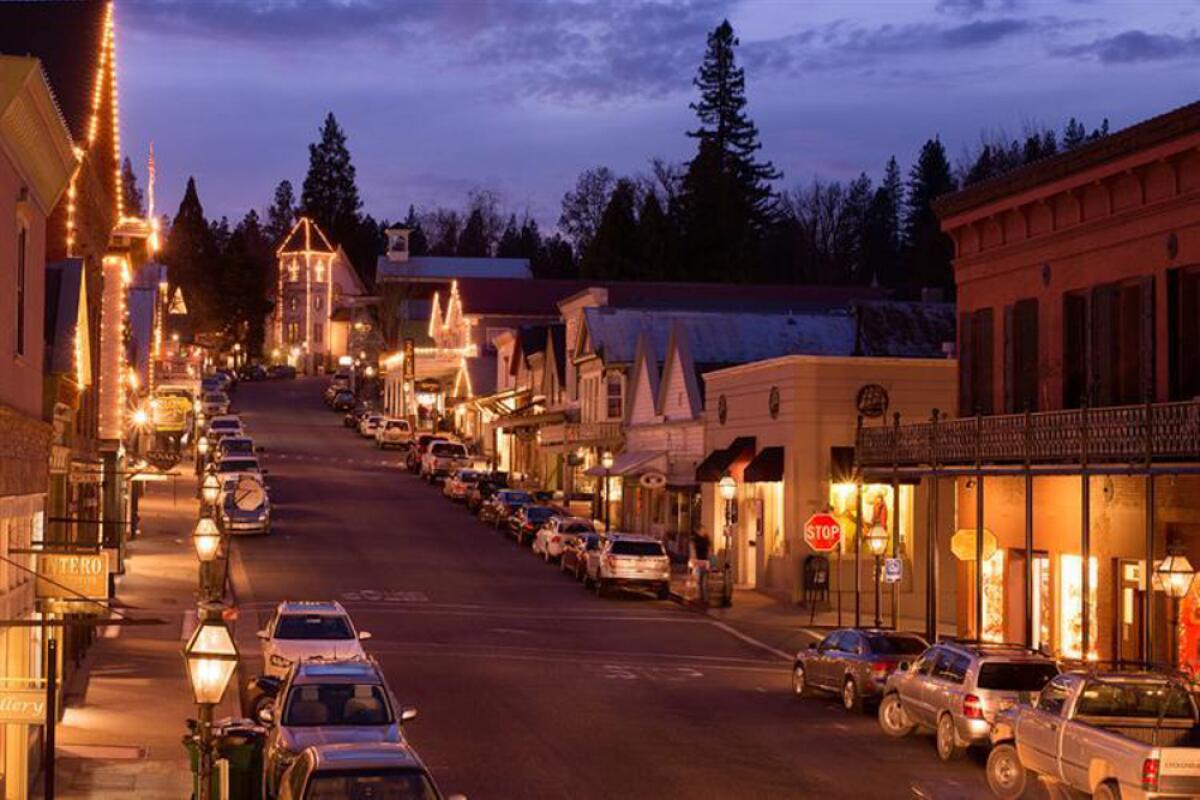
Together, Grass Valley and Nevada City have been designated as a California Cultural District and offer year-round arts programming. Main Street’s Nevada Theatre, California’s oldest existing theater building, where Twain once told tales, recently was beautified with enchanting murals by local artist Sarah Coleman. Nevada City goes all out for its community celebrations, from the August Nevada City Film Festival to the holiday season Victorian Christmas.
Coloma

Placerville
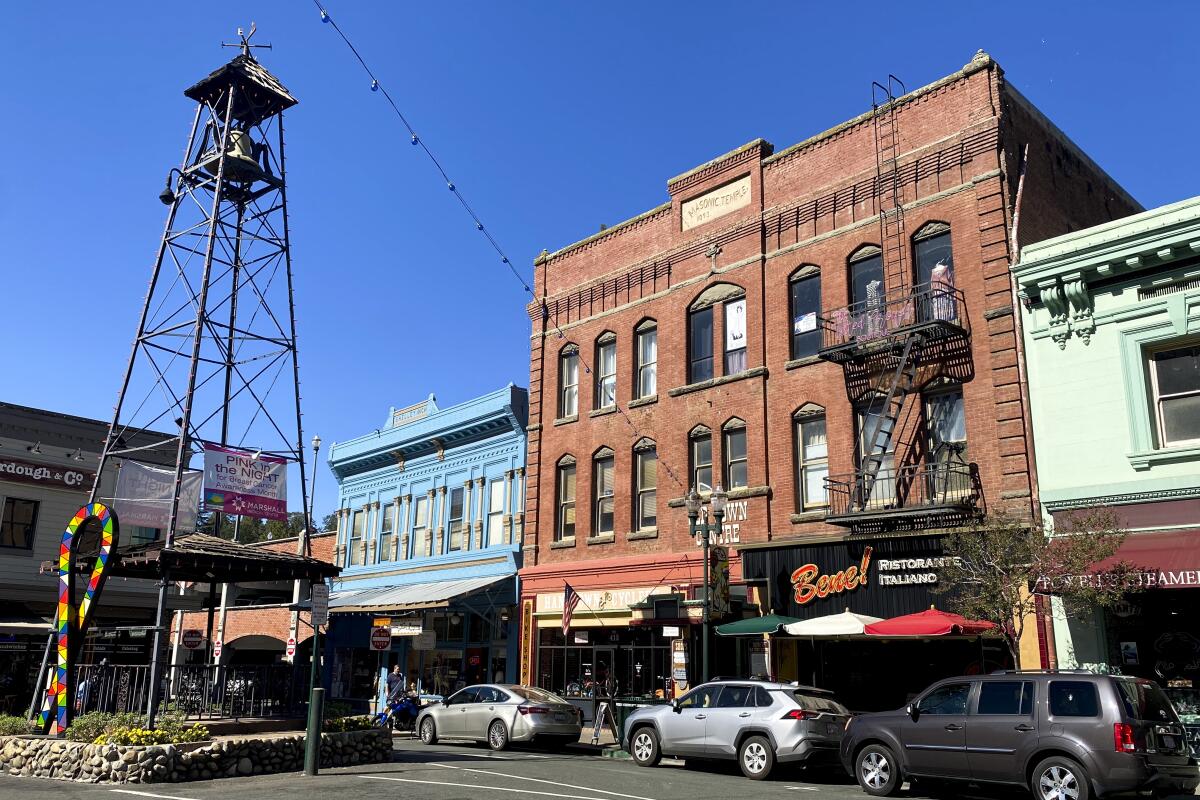
The fun part — especially for families — is visiting Gold Bug Park and Mine, which dates back to 1888. Visitors can don hard hats and take self-guided audio tours (adults $12; seniors and military $10; youths 6-17 $6). Guided group tours are available by appointment. Other attractions include the mine’s stamp mill, where gold was extracted from ore, a blacksmith shop and a museum with kid-friendly, hands-on exhibits.
Sutter Creek
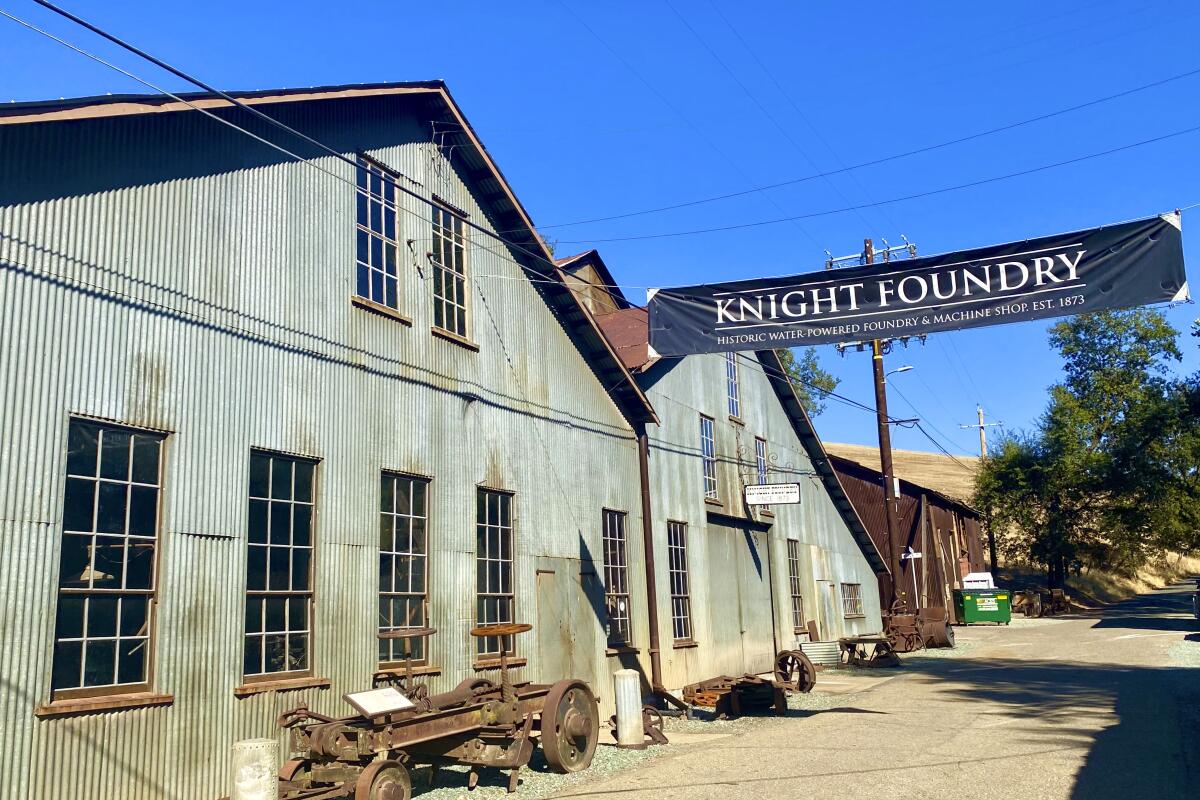
Shoppers will enjoy browsing in Sutter Creek’s antique shops and boutiques. Four of the town’s old Victorian houses are now bed-and-breakfasts. The historic Hotel Sutter features a charming restaurant and bar. Locals hang out at Cavana’s Pub & Grub, which advertises itself as “Sutter Creek’s Place to Pig Out!”
Murphys

The Murphys Historic Hotel, set in a building that dates back to 1856, has rooms both historic (furnished with antiques) and modern (with private bathrooms.) The hotel’s saloon is a lively spot for people watching. Ironstone Vineyards has a tasting room and restaurant, plus an exhibit of Gold Rush artifacts, including a 44-pound gold leaf specimen, the largest ever found in California.
Jackson
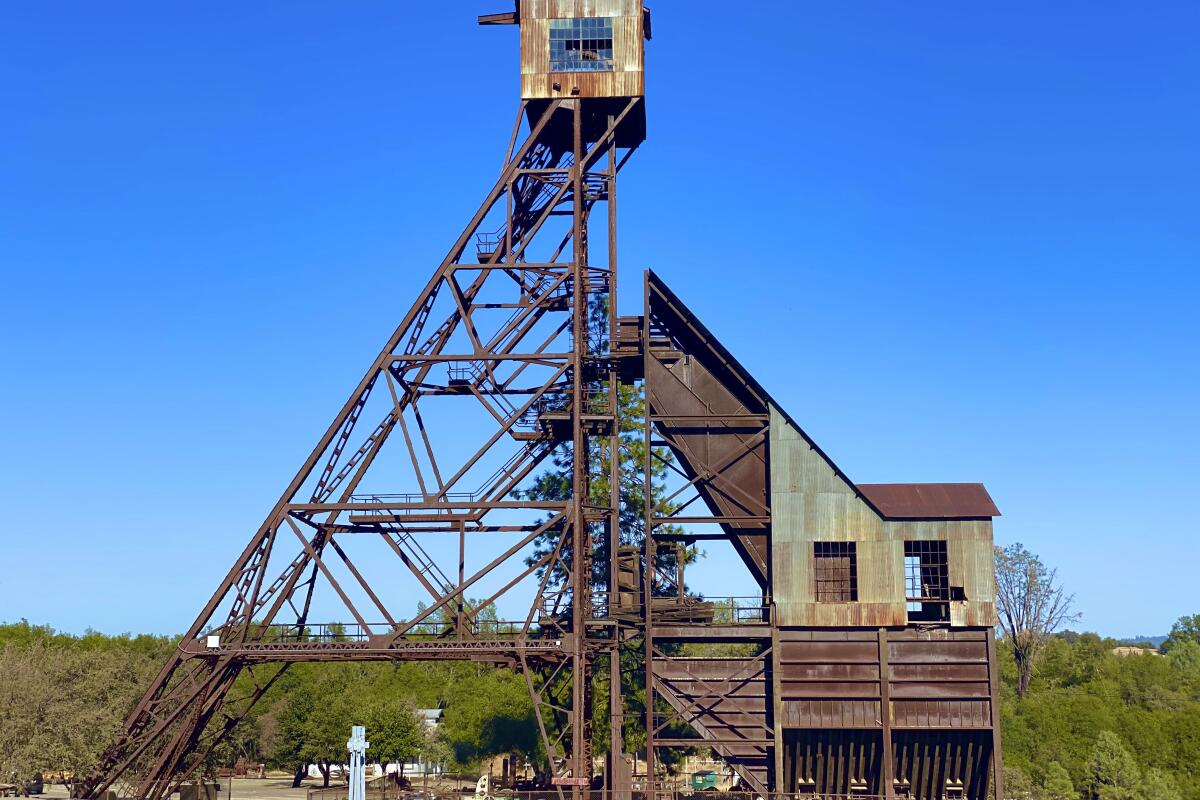
Angels Camp
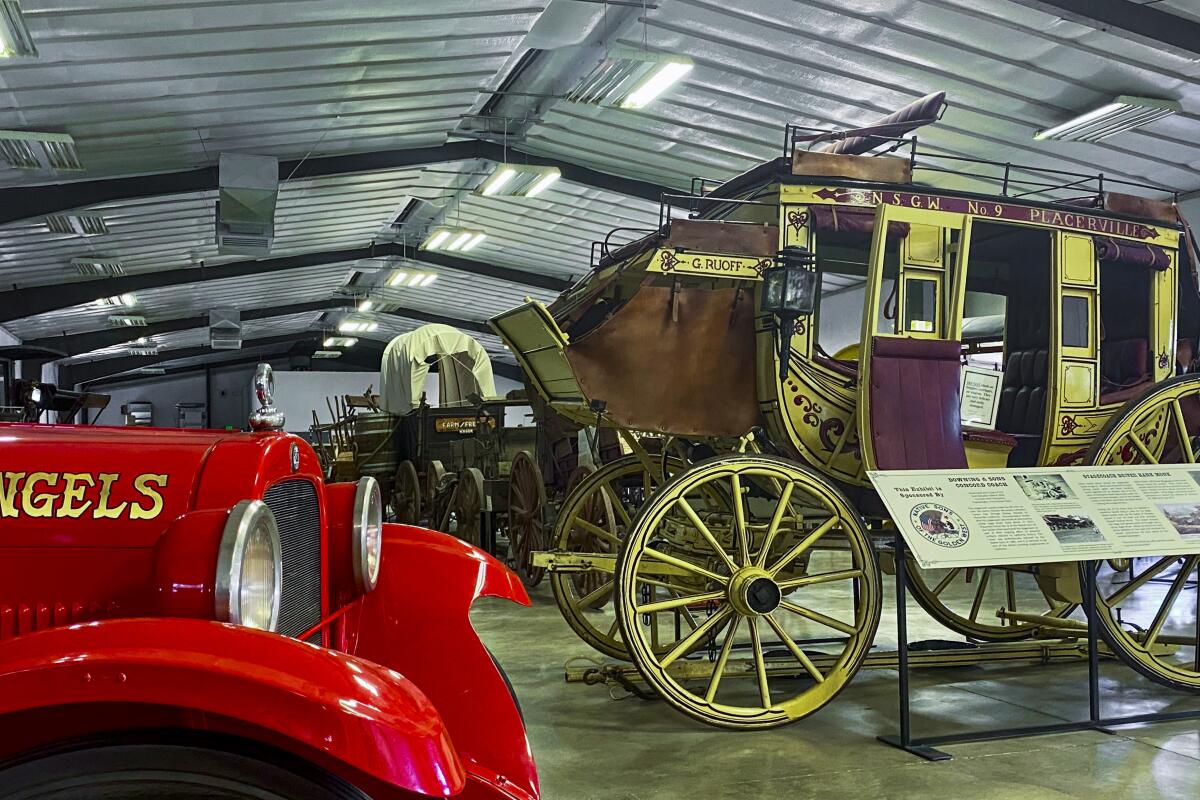
Jamestown
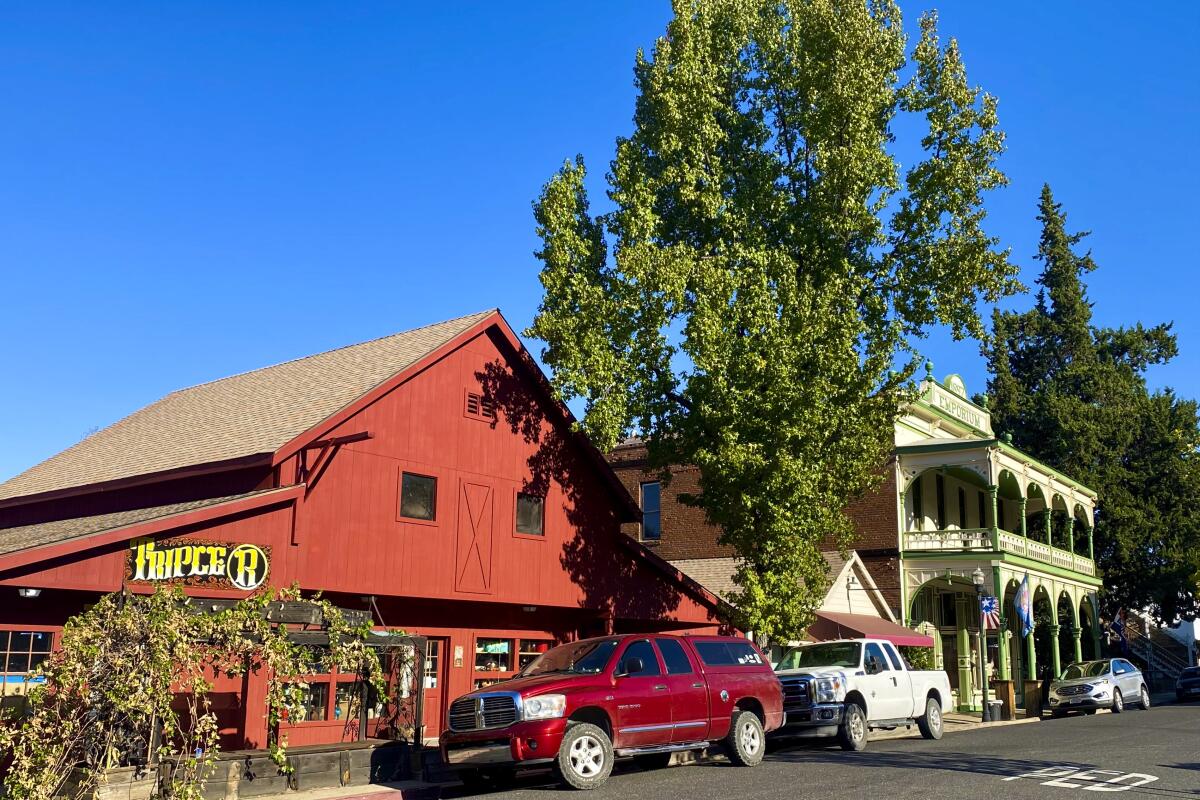
The town’s two historic hotels, built in the 1850s, stand side by side: the National Hotel and the Jamestown Hotel. The Jamestown was recently remodeled and has quite a history: In the 1930s the hotel became the Motherlode Hospital, with a morgue in the basement. Some believe the ghost of a deceased patient still haunts the place.
Columbia
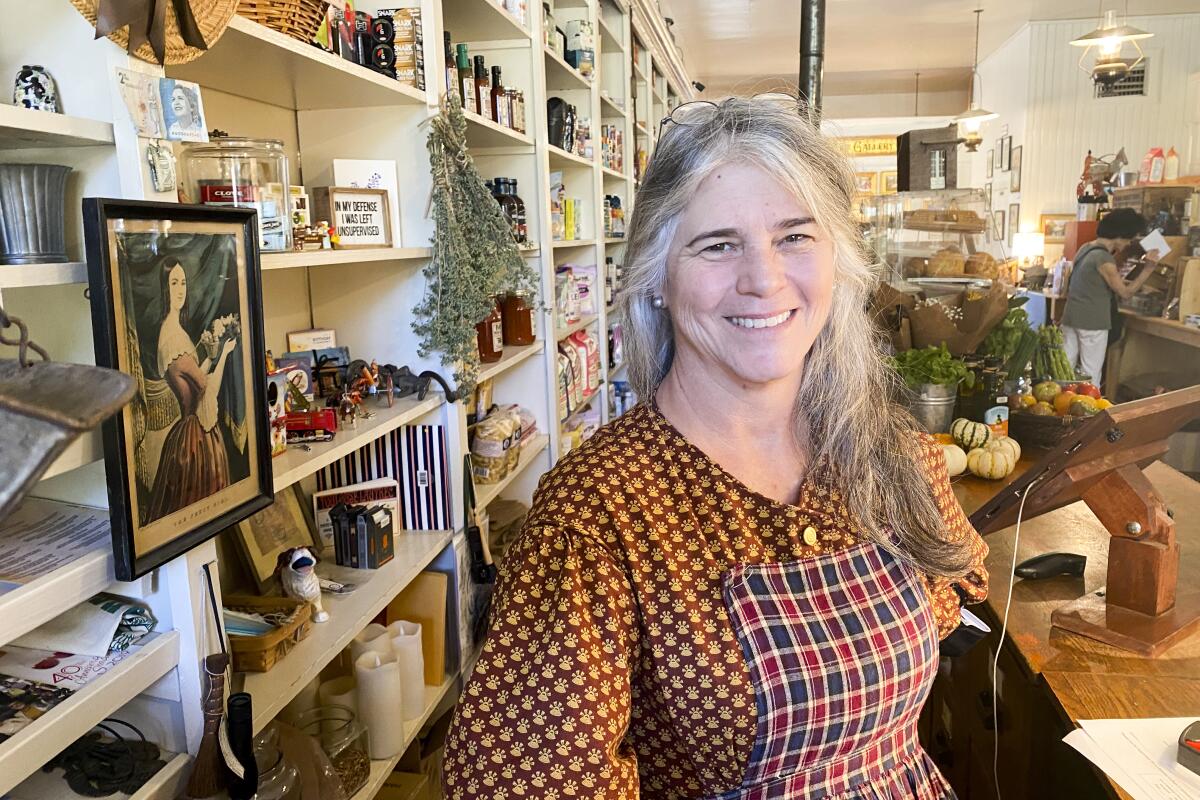
Be sure to visit Columbia Mercantile 1855. Proprietress Teresa Torbett moved back to her childhood home here after raising her kids in the Bay Area. She turned the abandoned general store into what she calls a “Trader Joe’s/Whole Foods/World Market Meets Little House on the Prairie.” Nelson’s Columbia Candy Kitchen has been making fudge, honeycomb, almond bark, and other sweets here since 1926. Owner Janice Nelson invites customers to make candy canes with her during the holiday season. Prized spots in the kitchen are chosen by a postcard lottery.



